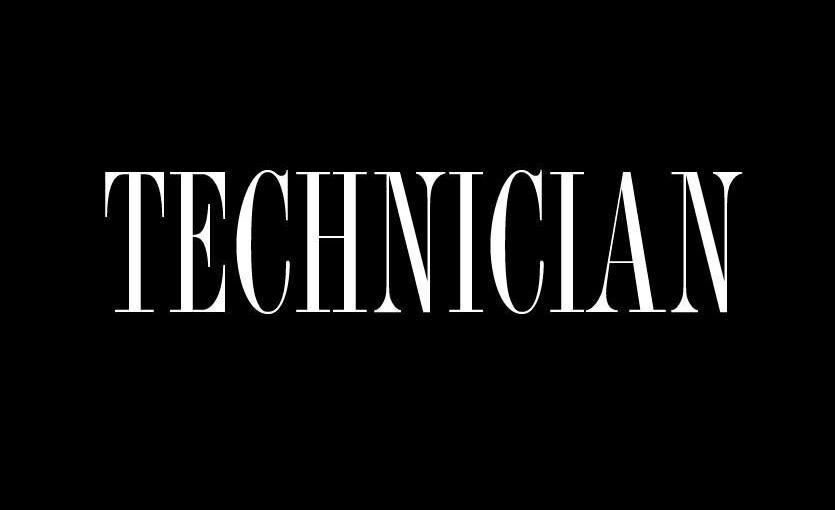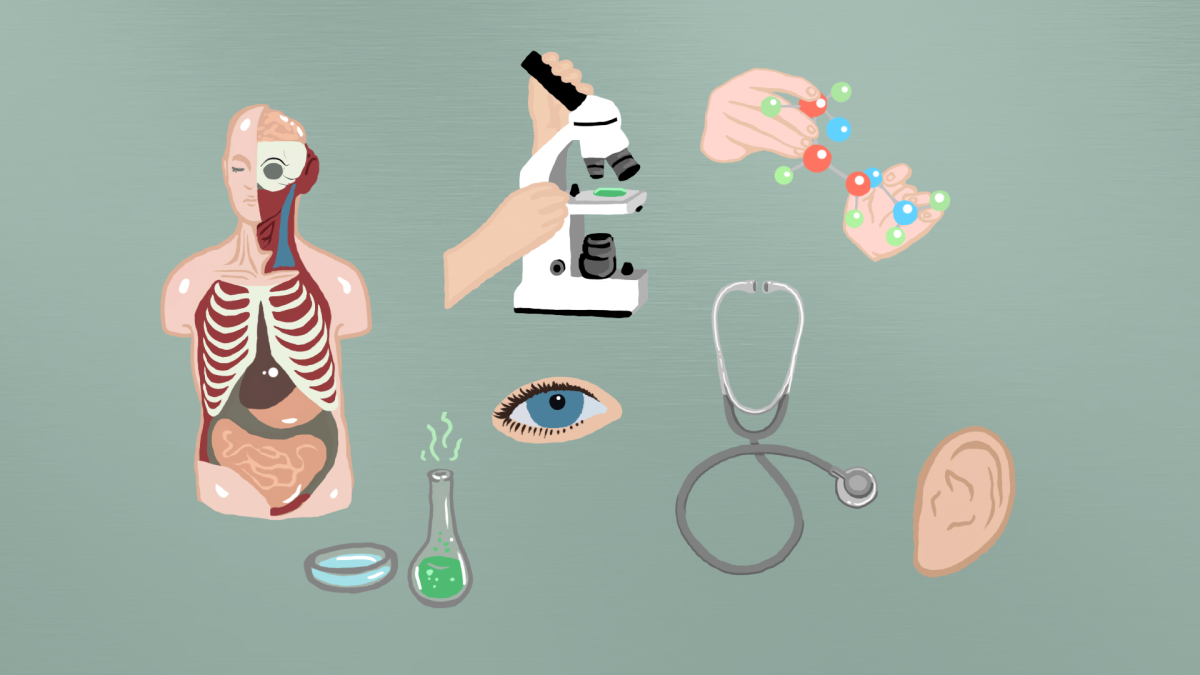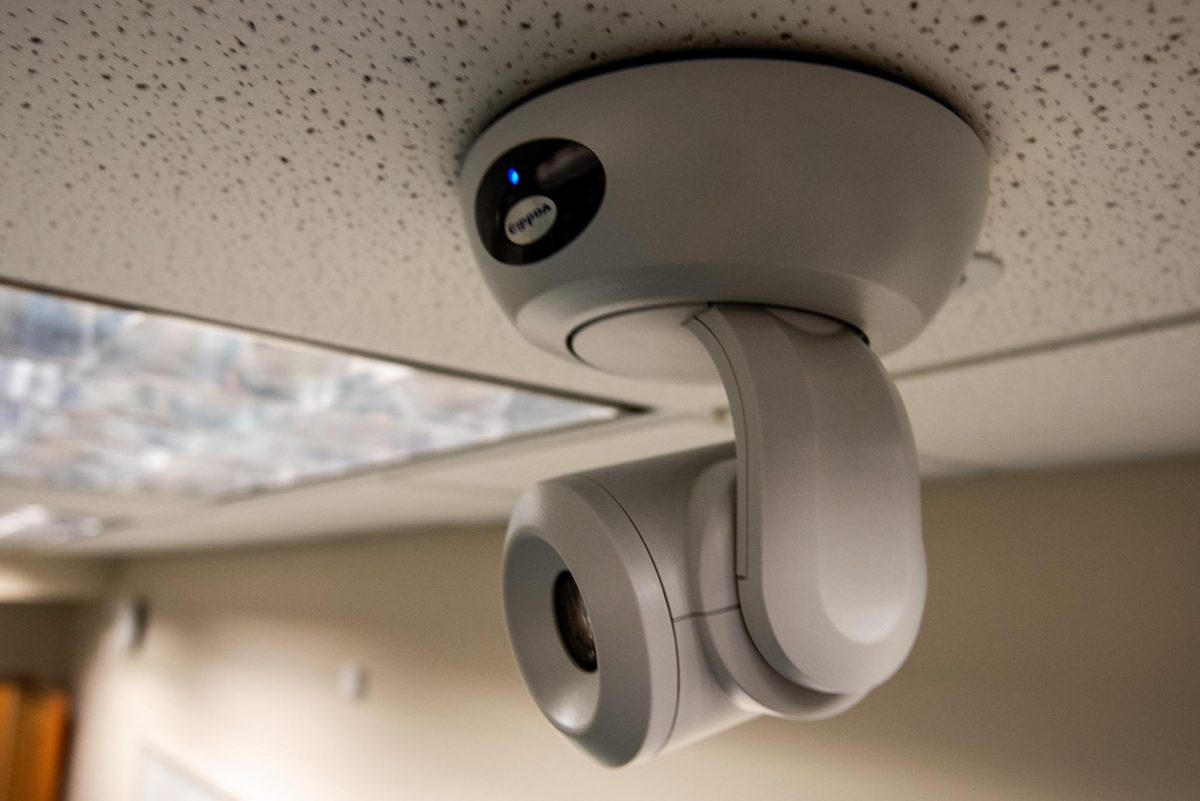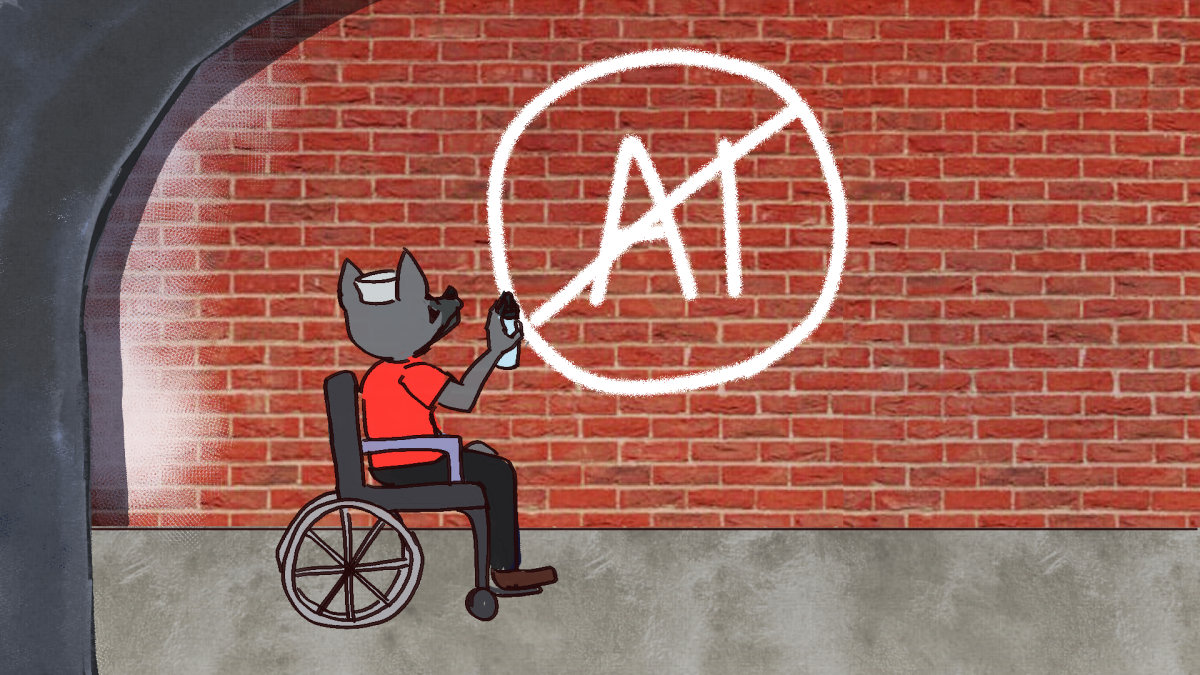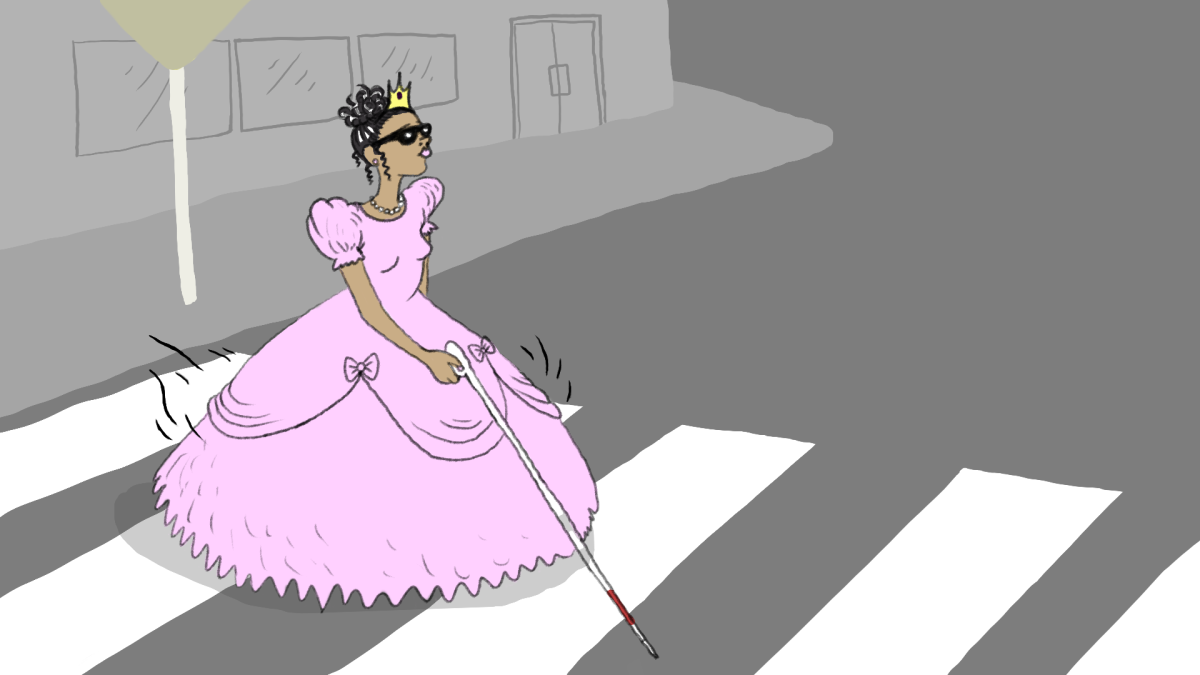Education is constantly changing and methods for teaching have been debated for over a century. I’ve had a professor say that they try to teach college students like a kindergarten class, just with more difficult material, because ultimately we learn with the same senses.
College is often lecture based, making imagery and tactile methods within teaching promising to help students be present and learn intently. All learners deserve to have a platform which they are able to engage with. In college, it is vital to begin teaching with methods which serve all types of students and all types of learners from the get go, rather than having to develop accommodations later.
Providing diverse educational opportunities supports those with disabilities or different processing mechanisms in gaining the same knowledge at the same rate as other students may through traditional methods.
Compared to the 4% average of NC State students who are registered with Disability Resources Office (DRO), 19% of students self-reported having a disability within the Biology and Life Sciences department in 2022 — and the national average falls closer to 1-in-4 people living with disability.
Not engaging students whose learning styles may differ, or who may have learning disabilities, only takes away from what our future could be.
Claire Gordy, Head of the Genetics and Genomics Academy Education Committee, works to address these specific topics through research on Universal Design. Oftentimes techniques which support different learning styles also help support other students who are trying to engage and learn who may not have disabilities, so there are benefits all around.
“The idea behind Universal Design is thinking about, ‘How can I best design a classroom so that it benefits the most students possible?’” Gordy said.
An example outside of the classroom is curb cuts for sidewalks, or the dips which allow wheelchair users to be able to cross the street. Though this primarily benefits those who do use wheelchairs, curb cuts also end up being used by many others, such as those who are using wheeled backpacks — and don’t cause any inconvenience for those not using them.
Online learning has also made engaging all senses more difficult. The process of learning through online classes can be extremely challenging, and though it does consider access for those who may be sick or unable to be physically somewhere in person, it does not always achieve the same learning goals.
Gordy said that the pandemic was difficult for all learners, as well as their teachers.
“Many of the tactics [to support disabled learners] which had previously been said to be too difficult to maintain were all of a sudden something that was feasible due to necessity [because] of the pandemic,” Gordy said.
Many times students have missed the in-person learning opportunities which are being reinstated following the pandemic, and implementing Universal Design this would be an incredible extension to modern classrooms.
“When thinking about this [curriculum] shift initially, it can sound overwhelming,” Gordy said. “That is why I suggest a method of plus one. What is just one more thing for each assignment in order to make it more accessible?”
Examples of this include flexibility in deadlines and well structured captions on videos. Tactile learning has also become much more accessible and can be used more inside the classroom with the advent of technology such as 3D printing.
Advocating for professors to consider these methods inside college classrooms starts with us. Accommodations, though helpful at times, are not always the answer to educating all students fairly inside and outside the classroom. It is vital that we as a student body advocate for Universal Design inside of our classrooms which presents curricula in a way which is accessible from the get go, rather than accommodating for students after the fact.
Students should not have to fear the stigma around disabilities when advocating for themselves inside the classroom. Inquiry-based learning causes science and all subjects to thrive, and it is important for all students to participate in this kind of discovery. If we can advocate for a more accessible approach to learning initially, engagement will increase not only for students with disabilities, but for the overall student body.

